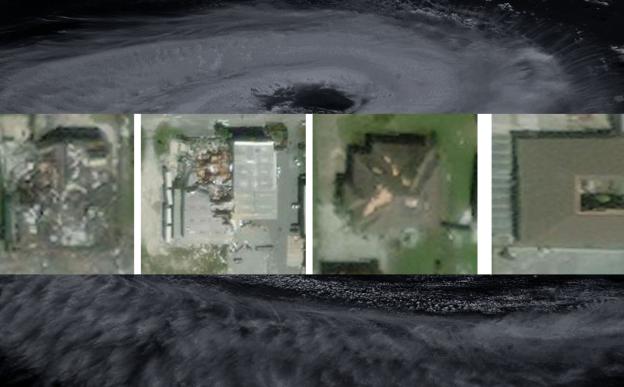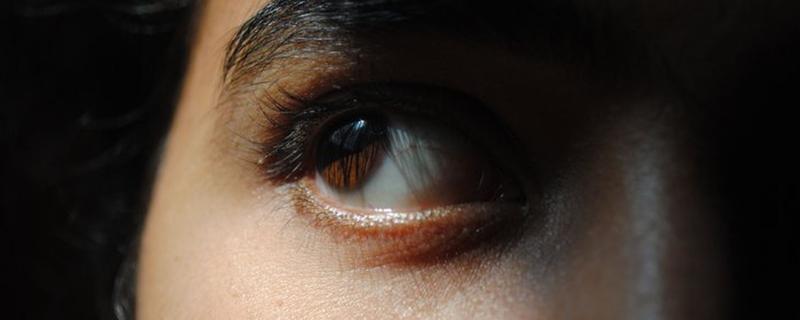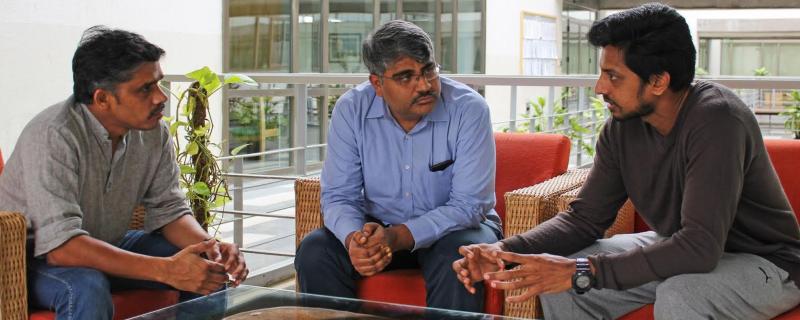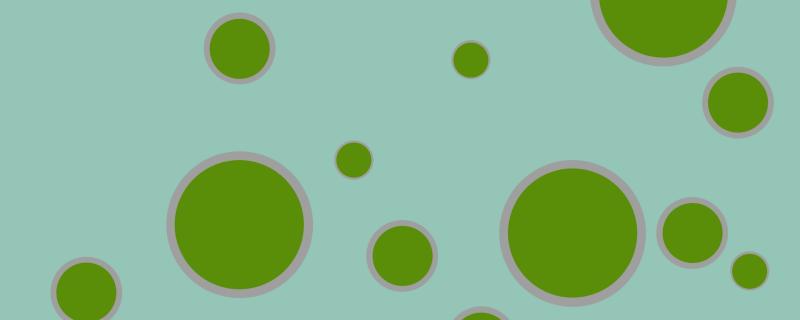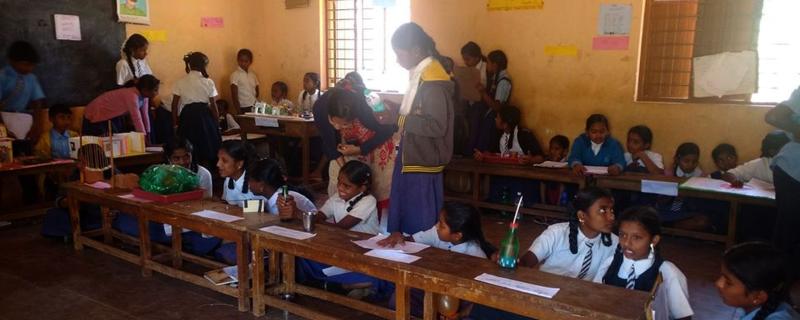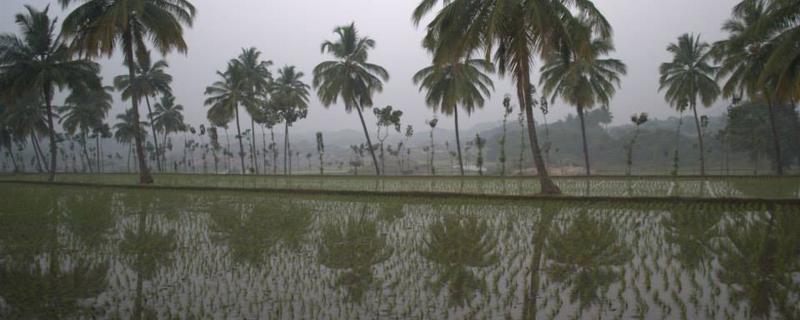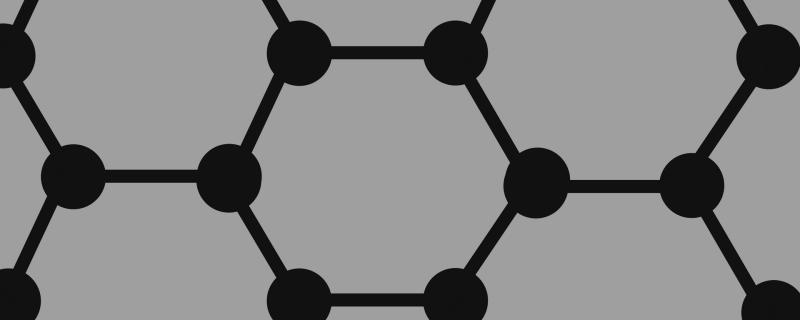Batteries come in all shapes and sizes, and power the modern world, from the tiny hearing aid and gadgets like wrist watches, smartphones, laptops and camera, to large entities like cars and trucks!
आयआयटी मुंबईद्वारे विकसित नवीन डीप-लर्निंग फ्रेमवर्क SpADANet (स्पाडानेट) मर्यादित लेबल्स वापरूनही अनेक चक्रीवादळांमधील संरचनात्मक नुकसान अधिक अचूकपणे वर्गीकृत करू शकते.
Mumbai/
